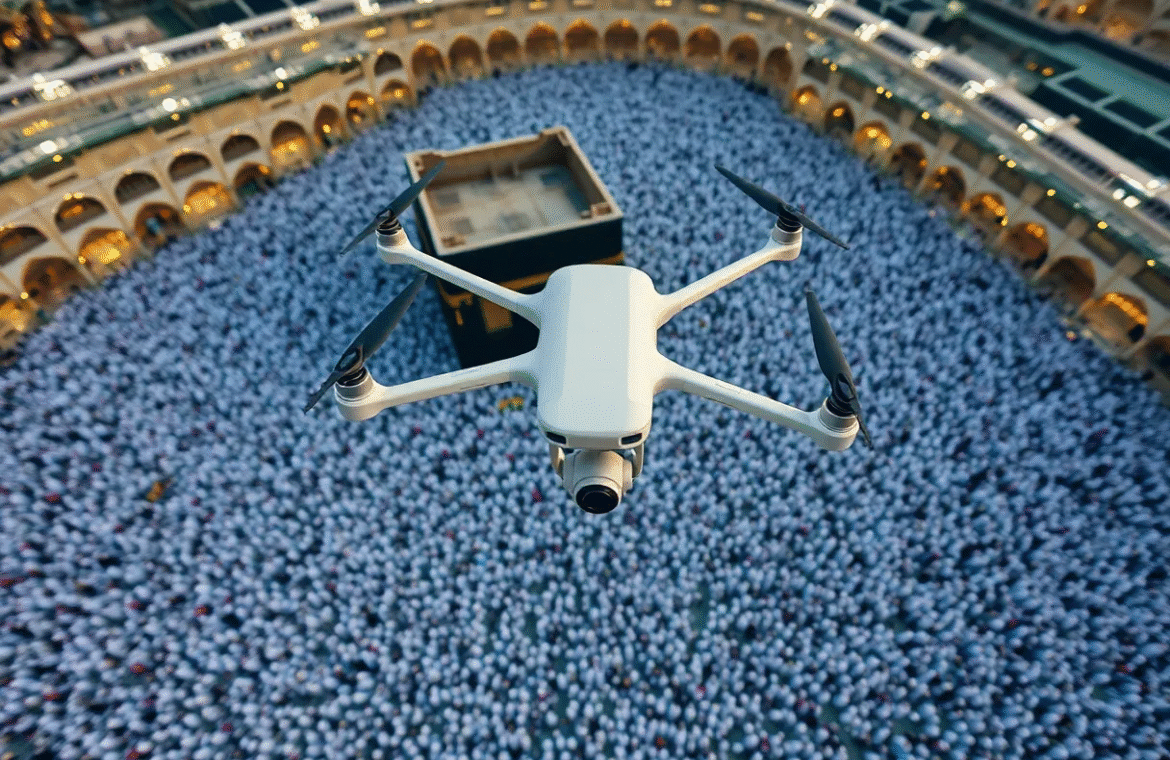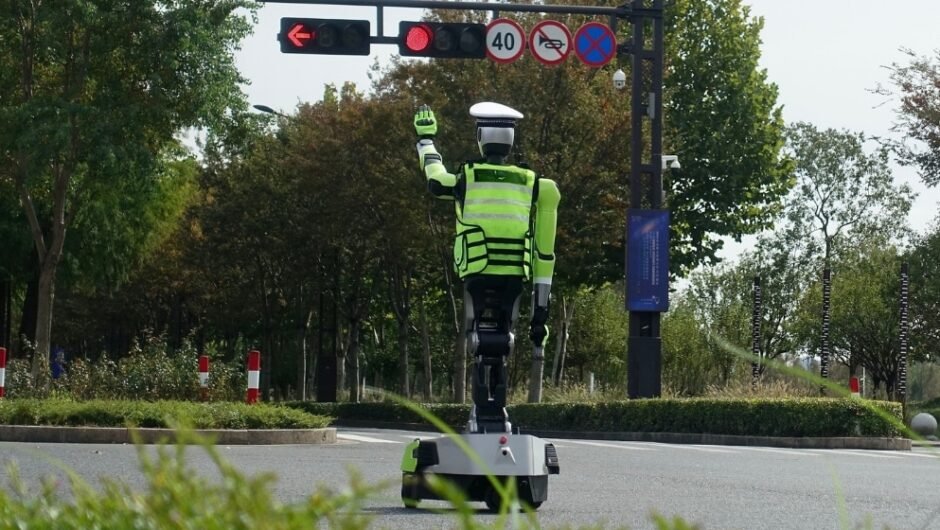The Ministry of Interior of Saudi Arabia has unveiled its cutting-edge “wing drone” at the Hajj Conference and Exhibition, organized by the Ministry of Hajj and Umrah in Jeddah, according to a report by Saudi Gazette.
The innovative surveillance drone, designed to strengthen safety and security during the annual pilgrimage, represents a significant advancement in Saudi Arabia’s use of technology for crowd management and monitoring during Hajj.
Deployed along routes leading to Makkah and Madinah, the wing drone was actively used during the last Hajj season to detect and track violators of Hajj regulations while providing real-time aerial surveillance across key pilgrimage routes and gathering sites.
“The introduction of the wing drone reflects the Kingdom’s commitment to adopting advanced technology to ensure the safety and smooth management of millions of pilgrims,”
a ministry representative said.
AI-Powered Surveillance Capabilities
The wing drone is equipped with thermal imaging, night-vision cameras, and AI-powered detection systems that enable it to operate seamlessly under various weather conditions — day or night.
Its artificial intelligence algorithms help identify unusual movements, crowd densities, and potential safety risks. The data is then transmitted in real-time to operations rooms and monitoring centers, allowing authorities to make rapid, data-driven decisions and deploy emergency teams when necessary.
Officials confirmed that the system was instrumental in enhancing coordination among different security and emergency agencies during Hajj 2025, helping reduce unauthorized movements and improving overall situational awareness.
The drone’s versatility also allows it to cover large areas quickly, providing aerial imagery and analytics that assist in route optimization, crowd control, and emergency response planning.
Part of Vision 2030 Smart Security Framework
The initiative is part of the Kingdom’s broader Vision 2030 Smart Security Framework, which aims to leverage artificial intelligence, automation, and smart surveillance to strengthen public safety infrastructure.
Saudi authorities have increasingly integrated technology into Hajj operations — from facial recognition systems and electronic bracelets for pilgrims to AI-powered traffic control systems — making the pilgrimage safer and more efficient than ever before.
“These innovations showcase how technology and faith can coexist to enhance one of the largest annual gatherings in the world,”
said an analyst at the Hajj Research Center.
The wing drone is expected to play an even greater role in upcoming Hajj seasons, with plans for expanded deployment and upgraded AI capabilities to further refine real-time surveillance and emergency management.





